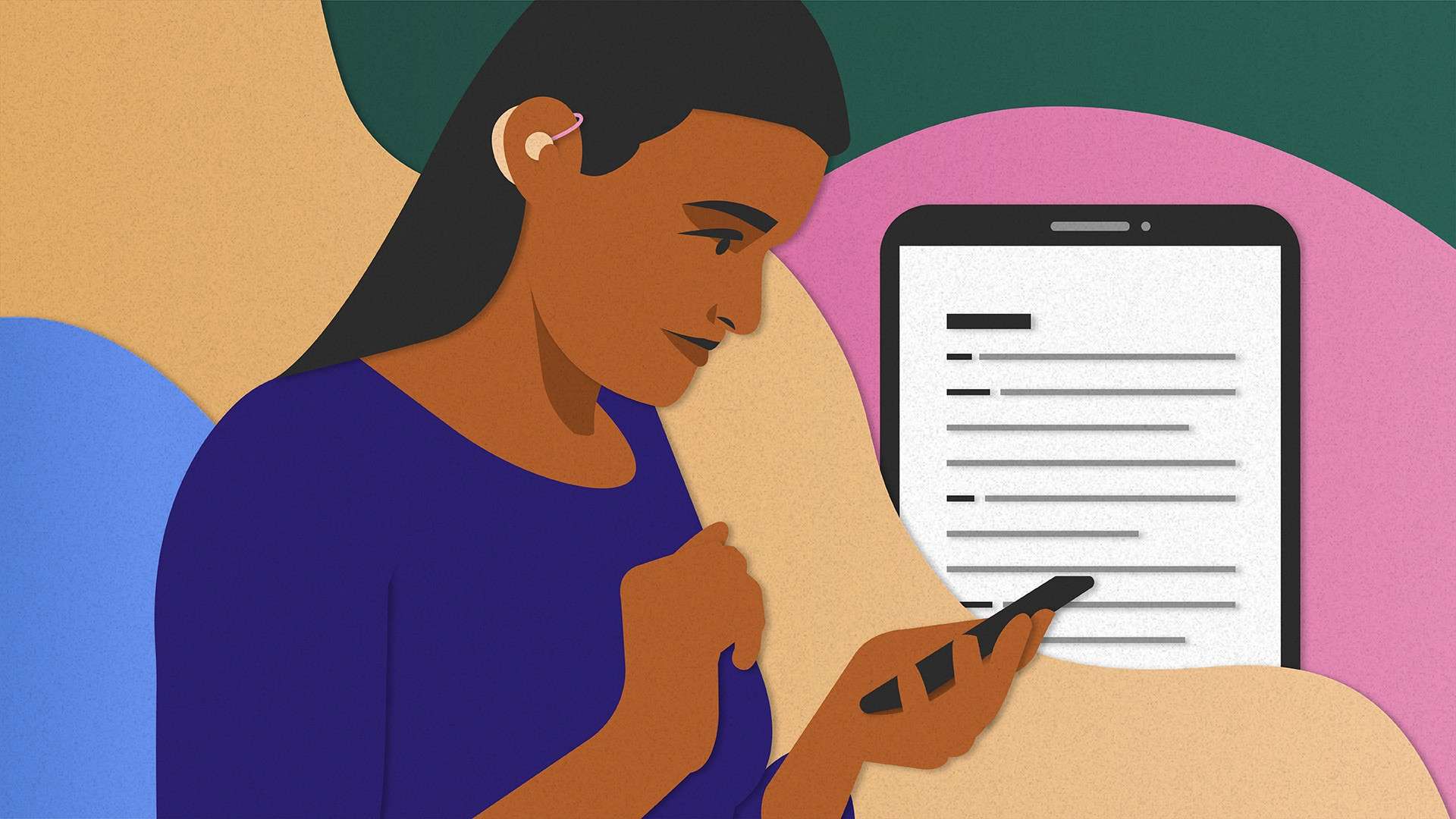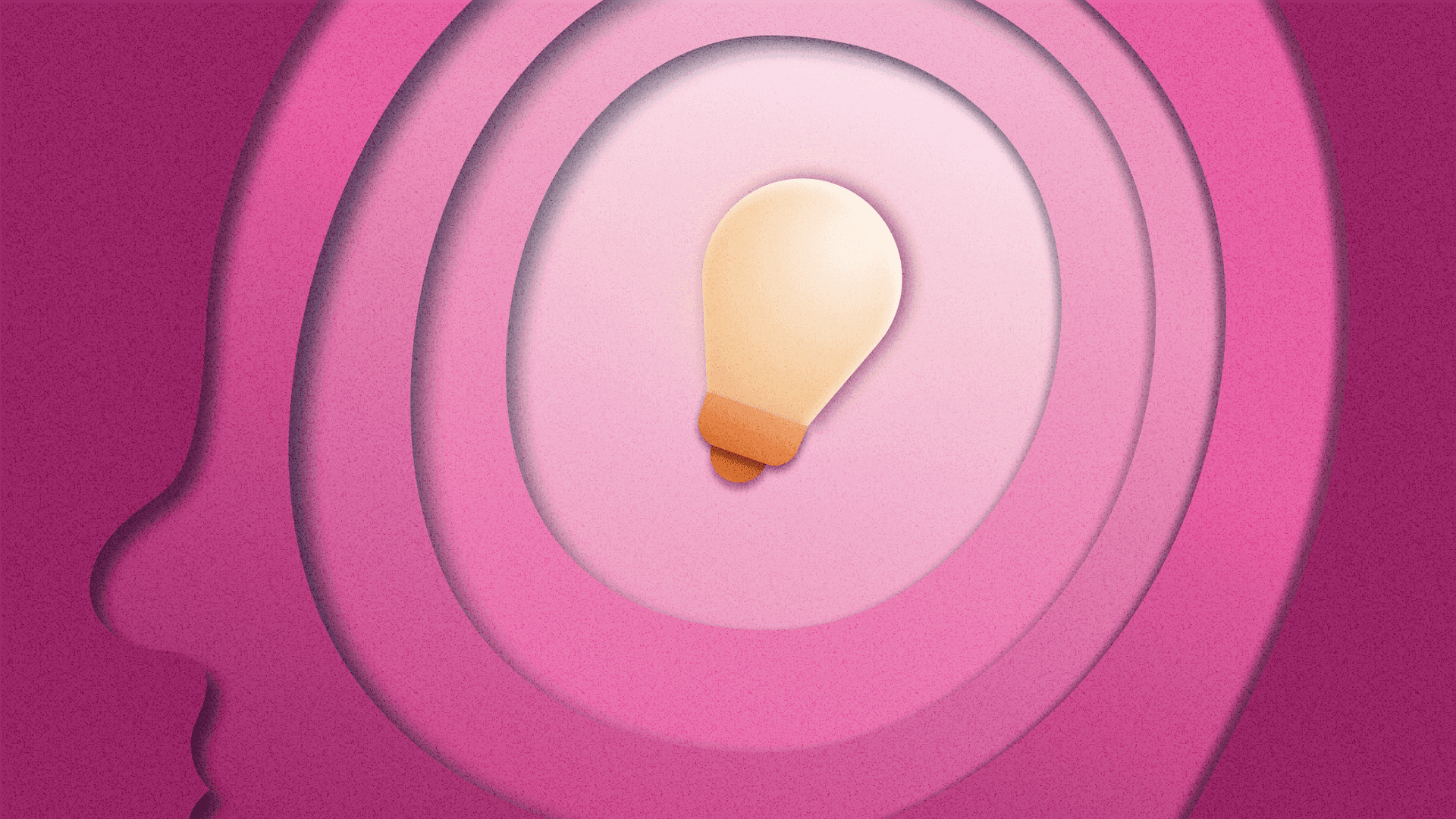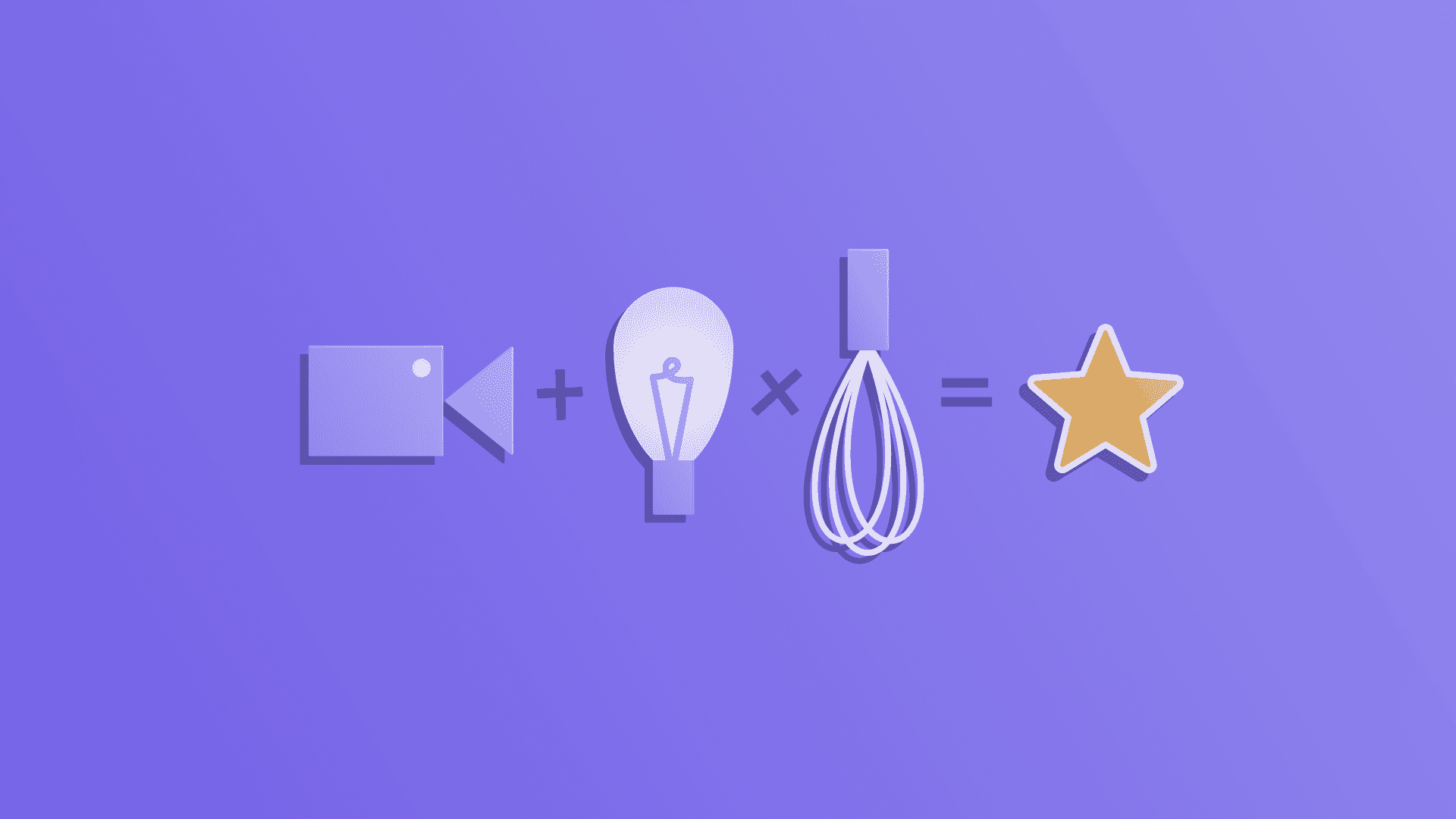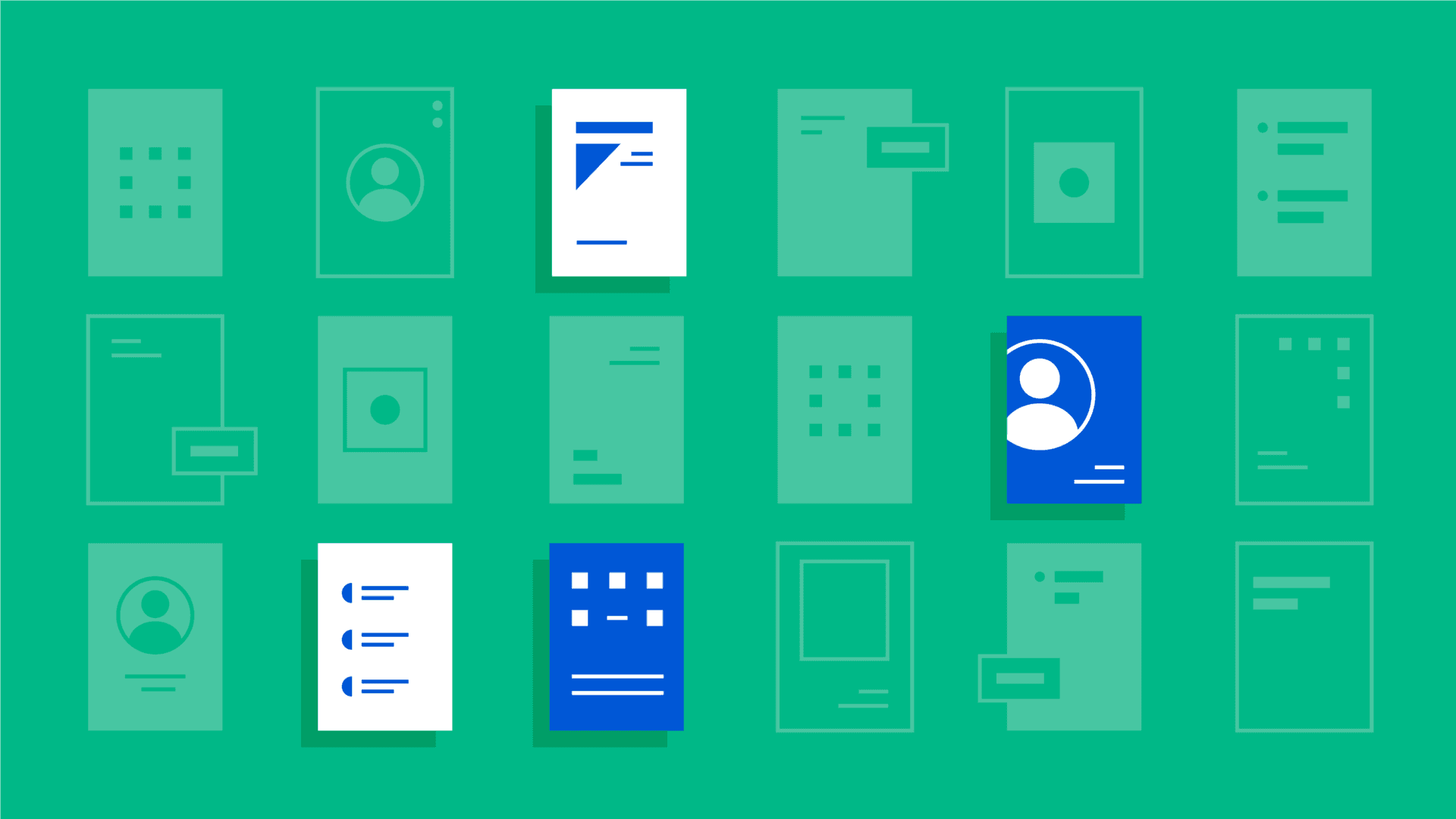Inclusive design can improve the lives of millions of people. And it has the power to make your products more successful, too. Yet inclusive design is rarely given the attention it deserves. Stakeholders often don’t see its value or don’t invest in it early enough.
So it’s time for some inspiration. Here are 7 ways inclusive design helps businesses succeed along with their users.
Reach a huge market
Over one billion people in the world live with a disability, according to the World Health Organization. Including their friends and family, that’s a market estimated to value around $8 trillion. That’s a lot of disposable income for a business to ignore.
Increase your access to the broader market, too
In 2011, the public radio program “This American Life” created full transcripts for their online archive of hundreds of episodes. This made their content accessible to people with hearing impairments. It also improved their SEO, which increased traffic overall. Over the next three years, search traffic rose by 6.86% and unique visitors went up 4.18%, according to this case study.
Improve your team’s motivation and engagement
Teams that prioritize inclusive design are more likely to find meaningful purpose in their work. And this boosts team members’ satisfaction and productivity. According to research by the work coaching company Imperative, people who find purpose in their job are more likely to stay at their company than those motivated primarily by income or achievement. And they’re 47% more likely to promote their employers, too.
Spark innovative products
The constraints of inclusive design tend to inspire creative ideas. Take the typewriter. In the early 1800s, Pellegrino Turri made one for his blind friend, Countess Carolina Fantoni da Fivizzano, so she could write on her own rather than dictating her words to someone else. Today her letters are the oldest known typed documents. Turri’s creation led to the modern typewriter and the keyboard I’m typing on right now.
Create better user experiences
It turns out that everyone finds digital designs more usable when they’re built for inclusion and accessibility. In a Fast Company article, Google’s Eve Andersson lists out some features first built for accessibility that you probably use every day:
- High-contrast settings that let you see your smartphone screen even in direct sunlight
- Autocomplete prompts that speed text entry
- Voice control, which has evolved into the whole new product category of smart speakers
For more examples, take a look at W3C’s detailed article on the business case for digital accessibility.
Make a positive social impact (people will notice)
The objects and people around us influence our ability to participate. Designers give people tools to help them contribute to the world. Every time we do, we create an opportunity for interaction with the world around us. That has real positive consequences, because social exclusion harms people’s mental and physical health, according to WHO research. In 2019, Logitech released the Adaptive Gaming Kit to make gaming more accessible to people with disabilities. The reaction was swift and positive. The kit has made gaming more inclusive and reinforced Logitech’s position as a leader in the industry.
Do it for your future self
Beyond the business justifications, there are many more personal and professional benefits to the inclusive approach. It expands your thinking about problems that are worth solving. It helps you work in new ways and collaborate with new people. And there’s our collective future. Some decisions we make will influence the lives of millions of people, maybe even our own. As we age, we might face new kinds of exclusion one day. It’s up to designers to ensure that everyone can participate in society — including ourselves.





